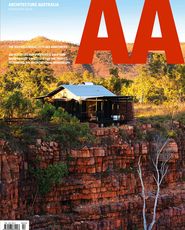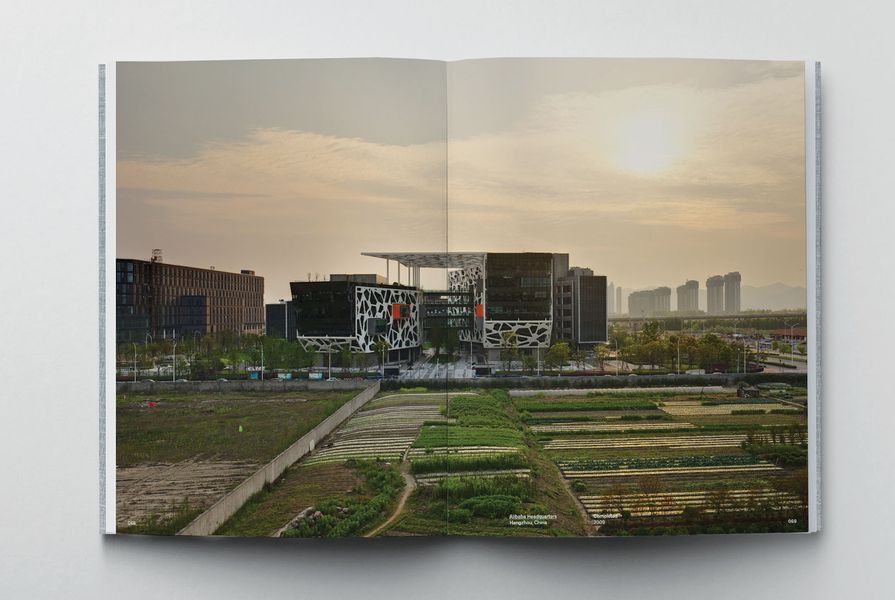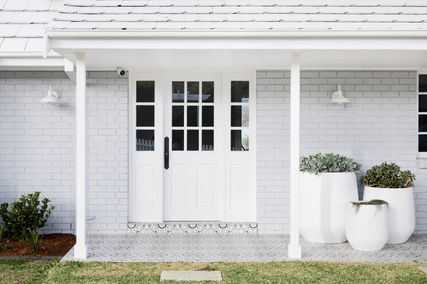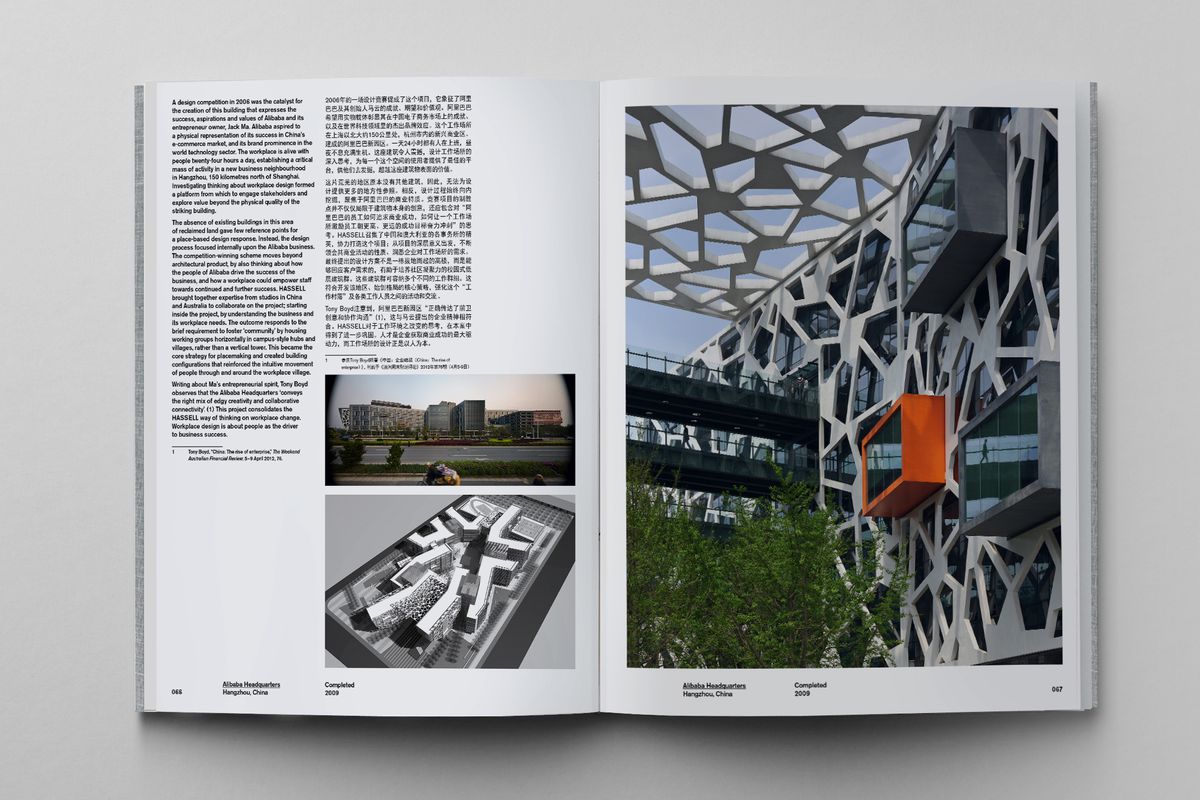
Multitudes: Hassell 1938–2013 by Cameron Bruhn (ed.).
Image: Supplied
Among the current crop of monographs by firms of many kinds, from small partnerships to international mega-firms, where does Multitudes: Hassell 1938–2013 sit?
Cameron Bruhn has crafted the book. An introductory essay by Andrew Mackenzie, the publisher, sets the scene and stakes the claims necessary to justify the book’s publication. The book is then punctuated by further essays by a range of experts external to the firm. In Expanding the Design Agenda, John Worthington, the renowned co-founder of consulting firm DEGW, provides a succinct digest of an approach to expanding the remit of architects to include spatial thinking as a negotiating skill. His chief source is the book Spatial Agency: Other Ways of Doing Architecture by Nishat Awan, Tatjana Schneider and Jeremy Till, and he suggests that embracing agency could mitigate the paradox of clients seeking innovation without risk. SueAnne Ware, landscape architect and deputy dean of research in the School of Architecture and Design at RMIT, dwells on the unavoidable dynamics in the relationships between buildings and the sites that they occupy and transform in On Site, Place and Specificity. Ware argues that placemaking as a practice misunderstands the nature of place and its emergence through accretions of meaning that good design can enable but not provide. Her argument refreshes that of the book Collage City by Colin Rowe and Fred Koetter, calling for a bricolage approach.
In her essay Transport and Transitional Spaces, Elizabeth Farrelly harks back to the civic dignity of nineteenth-century transport architecture and wonders how we might achieve some new version of that quality in an age of flattened-out democracy by polling. She sees this challenge as being highly compressed by the rapid urbanization of Asia. Journalist Justin Bergman describes such a situation in The Chinese City in the Asian Century. Nominating Dongguan as the worst city in China, Bergman shows how, in a process known as post-planning, middle-class aspirations for healthy and pleasant living are being retrofitted. In Expanded Fields of Practice, Rachel Hurst, senior lecturer in the School of Art, Architecture and Design at the University of South Australia, agrees with Worthington, arguing that practice must expand if it is to satisfactorily meet evolving needs.
These essays, only marginally focused on the work of Hassell but often citing project examples from the practice, are then “responded to” by the firm with a short editorial and a collection of works. The whole has been designed by the ever-elegant Fabio Ongarato Design. It is difficult to imagine a more intelligent or more handsome way of making such a book.
But there are problems. The book claims: “A multitude of voices [makes for] the best in architecture.” The works shown are very good. Some are particularly so – I single out the Commonwealth Law Courts in Melbourne. But is a case made for this being “the best” in architecture? Certainly, the many voices ensure that works of a very high standard are made, but this is not a powerhouse of architectural innovation – this is work resonating with what others have already pioneered (Future Systems and Sean Godsell come readily to mind).
So why not accept this fact and compare the work with that of other globalized multidisciplinary practices? Despite the barely suppressed claim that they have a unique, pioneering multidisciplinary practice, Hassell is one of a type of practice. Multidisciplinary firms such as Design Research Unit (DRU) and RMJM were founded in 1943 and 1956 respectively. Where is the essay showing how Hassell compares to them, to Woods Bagot or to SOM, for example? Has Hassell had the equivalent to SOM’s Gordon Bunshaft moments, when great works have been made? Farrelly argues that the Olympic Park Station is one such work. How did it come about? Can Bunshaft-like personas survive the “multitude of voices”? SOM, like others including Arup and RMJM, has experimented with hosting research groups as a way of generating fresh intellectual capital. Mario Gandelsonas, a fellow at the former Chicago Institute of Architecture and Urbanism of the SOM Foundation, made major contributions to our understanding of city form. Arup’s design labs create new design technologies and occasionally architectural works that prompt us to think about engineer-led innovation. RMJM has several times tried the “cuckoo in the nest” approach to energizing its design teams, most recently with Will Alsop. In its annual self-assessment, Hassell often gives a young designer an opportunity and rewards success without regard for seniority. But does it have a particular strategy for innovating new intellectual capital? Australia’s federal structure enabled this global firm to emerge from the small city of Adelaide. Can a company’s founding position “at the margins” – a fundamental position for innovation – continue to provide a stream of fresh energy of a kind that differs from the results of the more usual and futile attempt to mimic positions found in the northern metropolises?
It is a tribute to the intelligence of the concept of this book that it raises questions about the possible symbiosis between small innovating practices and successful exporting mega-practices like Hassell, said to earn more than half its profits offshore.
Multitudes: Hassell 1938–2013 (Cameron Bruhn (ed.), Uro Media, 2013, 312pp, RRP $89)
Note: Cameron Bruhn is a former head of communications at Hassell, now editorial director of Architecture Media. His PhD study at RMIT University is under the supervision of Leon van Schaik and SueAnne Ware.
Source

Discussion
Published online: 19 Jun 2014
Words:
Leon van Schaik
Images:
Peter Bennetts, courtesy of Uro Media
Issue
Architecture Australia, March 2014

















